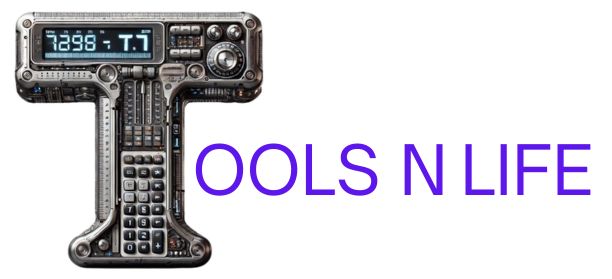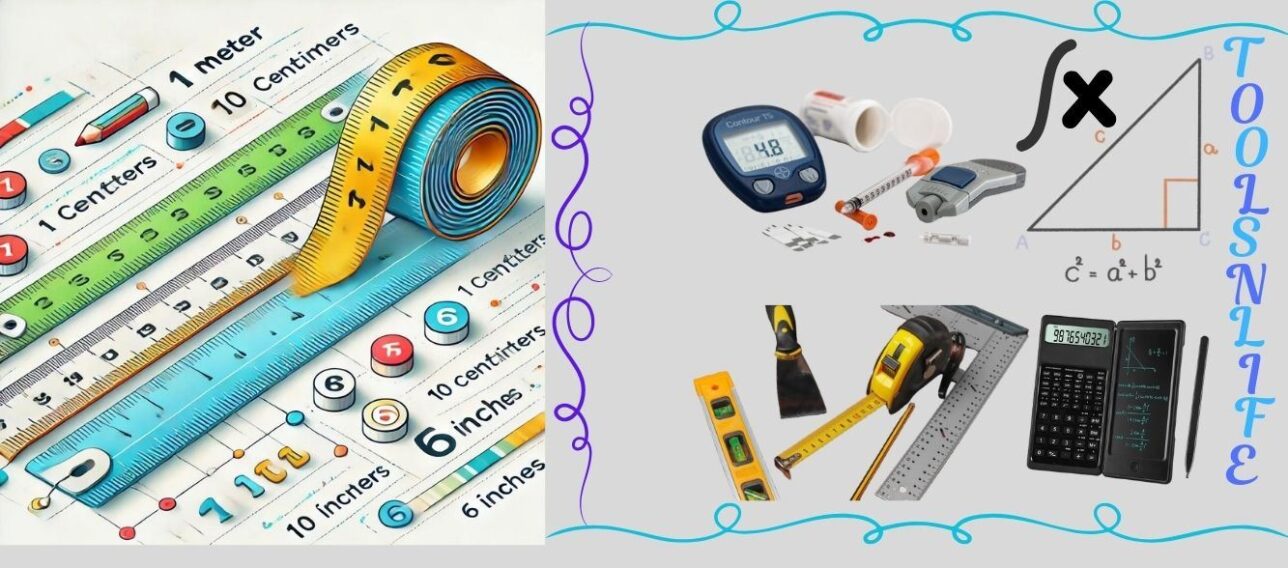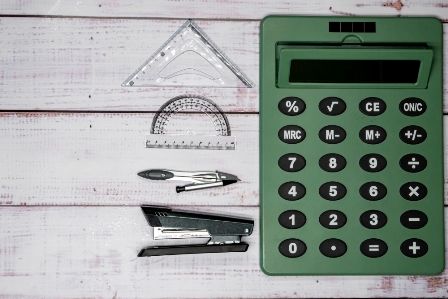Ultimate Length Conversion Guide: Convert Any Unit Accurately
As a construction project manager with over 15 years of international experience, I’ve learned that precise length conversions are critical for avoiding costly mistakes. This comprehensive guide will help you master length conversions between metric, imperial, and specialized measurement systems with confidence.
Understanding Measurement Systems: A Practical Guide
Metric System: The International Standard
The metric system, officially known as the International System of Units (SI), is used by most countries worldwide. Based on powers of ten, it offers simplicity and consistency that makes conversions straightforward.
Key metric length units:
- Millimeter (mm): Ideal for precise engineering tolerances (0.001m)
- Centimeter (cm): Common in everyday measurements (0.01m)
- Meter (m): The SI base unit for length
- Kilometer (km): Used for longer distances (1,000m)
Imperial/US Customary System: Historical But Persistent
Despite global metrication, the Imperial system remains in use in the United States and for specific applications worldwide. Understanding these units is essential for working with older blueprints, machinery, or American products.
Key imperial length units:
- Inch (in): Derived from the width of a human thumb
- Foot (ft): Based on the average length of a human foot
- Yard (yd): Originally based on the distance from nose to thumb
- Mile (mi): From Roman “mille passus” meaning a thousand paces
Specialized Measurement Systems
Various fields have developed specialized units tailored to their specific needs:
- Nautical miles: Based on the circumference of the Earth (1 nautical mile = 1 minute of latitude)
- Astronomical units (au): The average distance from Earth to the Sun
- Light-years: The distance light travels in one year
- Sun radii (R☉): Used in astrophysics to describe stellar sizes
Professional Conversion Tips & Best Practices
Through years of international project management, I’ve developed these best practices for accurate length conversions:
1. Always Document Your Conversion Factors
Maintain a reference sheet of the conversion factors you use most frequently. For critical projects, have a second person verify important conversions.
2. Understand Precision Requirements
Different applications require different levels of precision:
- Construction: Typically ±1/8 inch or ±3mm
- Machining: Often ±0.001 inch or ±0.02mm
- Surveying: Can require ±1mm over kilometers
3. Avoid Double Conversion Errors
When converting between systems, always convert directly rather than through intermediate units to prevent compounding rounding errors.
4. Use Standardized Conversion Factors
For professional work, use standardized conversion factors rather than approximate values:
| From | To | Exact Factor | Common Approximation |
|---|---|---|---|
| Inches | Millimeters | 25.4 | 25 |
| Feet | Meters | 0.3048 | 0.3 |
| Miles | Kilometers | 1.609344 | 1.6 |
| Yards | Meters | 0.9144 | 0.9 |
Real-World Applications: When Precision Matters
International Construction Projects
On the Tokyo Tower renovation project, our team constantly converted between Japanese shaku (尺, approximately 0.303 meters), metric measurements, and imperial units for American-made components. Using precise conversion factors prevented misalignments that would have cost thousands to rectify.
Aerospace Manufacturing
While working with Airbus, we maintained tolerances of ±0.05mm on composite components. Even tiny conversion errors could create assembly issues or compromise aerodynamic performance.
Historical Preservation
Restoring a 19th-century building required understanding original measurements in pre-standardization units. We discovered that the original “foot” used was actually 12.5 modern inches, explaining why previous renovations had alignment issues.
Understanding Scale: From Microscopic to Cosmic
Grasping the relative scale of different measurement units helps develop intuition for conversions:
Nanometer (nm)
Width of a DNA helix (2nm)
Micrometer (μm)
Size of a human hair (50-100μm)
Millimeter (mm)
Thickness of a credit card (0.76mm)
Meter (m)
Average door height (2m)
Kilometer (km)
Length of Central Park (4km)
Light-year (ly)
Distance to Proxima Centauri (4.24ly)
Historical Context: Why We Have Different Measurement Systems
Understanding the origins of measurement systems provides valuable context for why we still need conversion tools today.
The Origin of the Meter
The meter was originally defined in 1793 as one ten-millionth of the distance from the equator to the North Pole along a meridian through Paris. This definition created a measurement system based on natural phenomena rather than human anatomy.
Imperial Standardization
The British Imperial system was standardized in 1824, but various versions had existed for centuries. The United States continued using the older English units after independence, creating slight variations between US customary and imperial units.
Global Metrication Efforts
Since the Metre Convention of 1875, most countries have officially adopted the metric system. However, cultural traditions and the cost of conversion have slowed complete adoption in some countries, particularly the United States.
Mastering Length Conversions: Your Professional Advantage
Whether you’re working on international projects, interpreting technical documentation, or simply trying to understand product specifications from different countries, precision length conversion is an essential skill. The interactive calculator provided here uses standardized conversion factors to ensure accuracy for both everyday and professional applications.
Ready to Convert with Confidence?
Bookmark this page for future reference, and share it with colleagues who work with international measurements. For frequent use, consider downloading our printable conversion chart to keep at your workstation.






